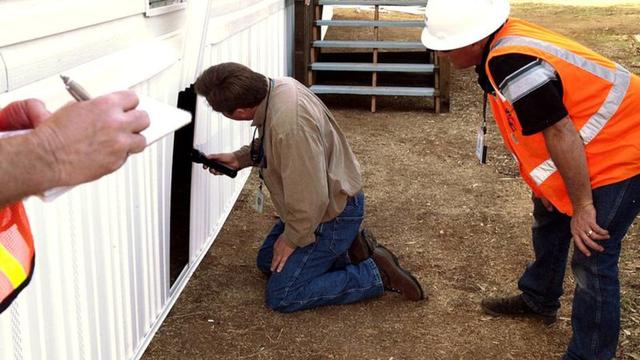Buying a house is a significant financial investment and many buyers get thorough building reports to find out if their new home has any issues.
However, a lack of understanding of the purpose and scope of these reports can cause problems between the buyer and seller, as ACTON Cottesloe Director Bev Heymans explains.
When you buy a home, many buyers request a condition in the sales contract for a building report.
It is advisable to do one, but buyers need to understand what these reports cover.
The purpose of the inspection is to identify things that do not meet the building code or structural defects of significant nature that need to be fixed to address unsafe conditions or prevent loss of use or further deterioration. And that’s all they cover.
After an inspection, buyers have a certain timeframe – usually five days – in which to notify the seller there are structural issues that need addressing.

It is common to find issues in the roof space; for example, roof ties may not be adequately secured.
It’s not a huge risk, as we don’t have roofs blowing off across Perth, but it is a structural defect and generally will need to be restrapped. However, it’s normally less than $1000 to rectify.
Defects need to be fixed before settlement.
In most cases this can be done, but if it will take longer you can delay settlement or let settlement take place and withhold some monies until the problem has been corrected.
If the seller refuses to rectify a structural issue, the buyer can exit the contract.
It has become more common for buyers to get extensive building reports done that go beyond the parameters of the sales contract and look at all the non-structural or maintenance elements of the property.
For example, the report could highlight rusty gutters, cracked roof tiles, peeling paint, damp in the shower, cracked plasterwork, leaking taps, cracked mirrors, sagging ceilings, chipped cabinetry, broken floor tiles or old fencing.
While it is certainly not a bad idea to be aware of the areas that require maintenance once you own the property, I find that these additional contents often become the cause of conflict between a buyer and seller.
It must be noted that a seller is under no obligation to allow a building report that goes beyond the parameters of the contract and the buyer cannot pull out of a contract because of maintenance issues.
You can ask the question and some sellers might agree, or they might fix the smaller issues, but they do not legally have to do so and they do not have to deduct the cost of fixing them from the purchase price.
Before you start haggling over dripping taps or old paintwork, it is worth remembering that in this market, the seller could probably sell the home to someone else and possibly at a higher price.
Maintenance is a part of homeownership. New homes are less likely to need maintenance, but older ones may need new gutters, fresh paint or a new boundary fence.
The good news is that you get to choose them.